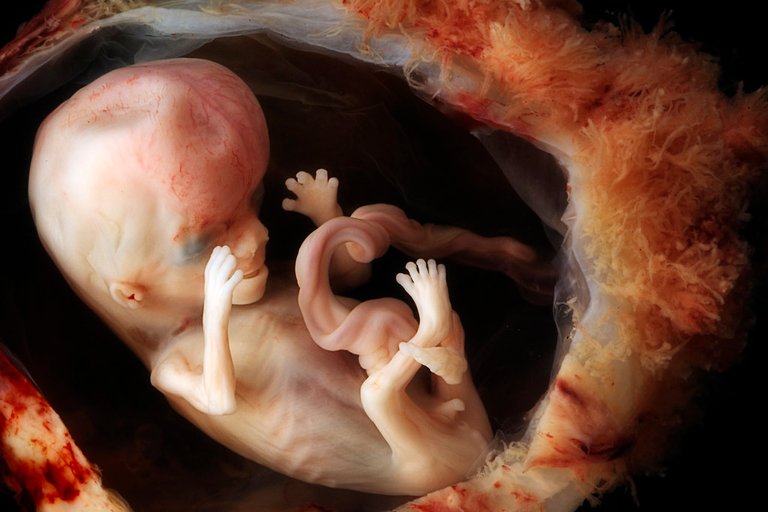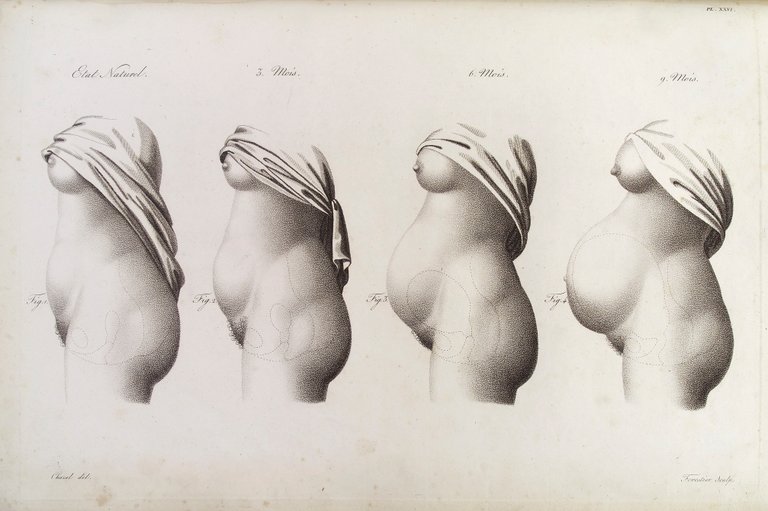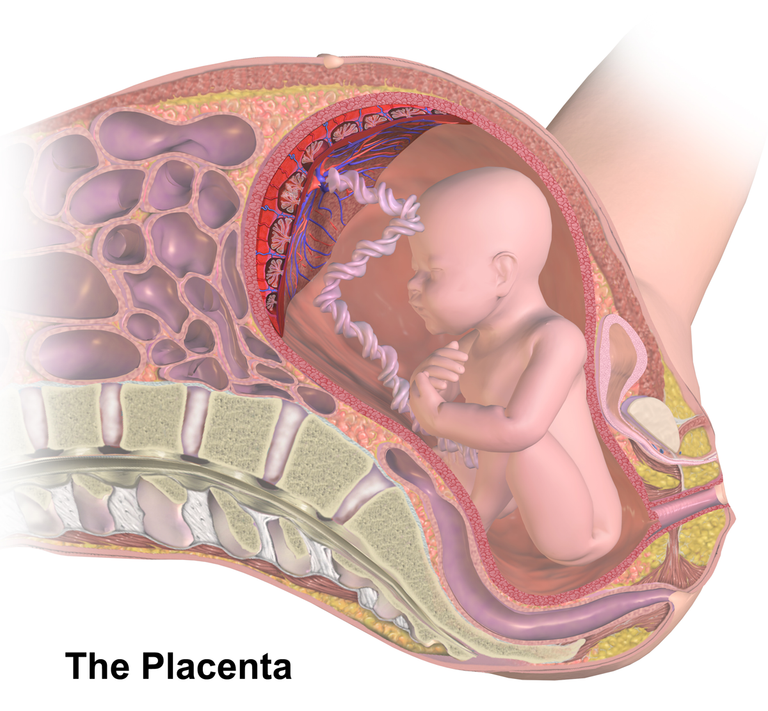We all adore childbirth in fact we spend a lot of money celebrating the baby shower and when we want to discuss about the 9 month, it is a story of parental bliss but if we are to take a good look at pregnancy itself, it is like growing something foreign in the body since it is made of half you and half another person but your body does its best to keep it alive. What really happens in this 9 month of pregnancy?
Let's start with the placenta which is an organ made during pregnancy. It is the first organ to be made and the only temporary organ we have which comes out after a baby has been removed from the mother after which it is cut out and thrown away but some tribes eat it now and some people consume it for supposed health benefit even when there is no concrete evidence that it is useful health wise.
Made from cells of both the fetus and the mother, it's major job is to serve as a link between the mother and the embryo delivering food, exchanging gases, and removing waste. It forms within a week of fertilization where part of the placenta is formed from the trophoblast and it invades the lining of the uterus so it is attached to the Uterus. Trophoblast of different types form the amniotic sac which is the fluid-filled sac the embryo floats in.
In the amniotic sac, the embryo develops its nervous system, its heart and blood vessels after which other organs are developed. While the mother eats food, the embryo gets all it needs from blood circulating through it. The blood which carries oxygen, glucose, and other minerals travel through the placenta which then feeds into the umbilical cord. Certain molecules such as sugar, and other things also get into the embryo through diffusion from the membrane and the embryo also delivers its waste through the same method.
Because the baby needs blood, the mother heart rate increases by 10 to 20 beats per minute and the widens which means they pump about 50% more blood than they will pump normally. This blood increase allows for the placenta to have enough blood so the blood pool can be refreshed at all times thereby allowing the embryo to have access to enough oxygen, and enough nutrients.
The blood pressure of pregnant women is not increased drastically and this is because the blood vessels are dilated thanks to a hormone called Relaxin which helps to dilate the vessels. During Ovulation, the relaxin level increases and stay like that for a while in case the lady becomes pregnant. Relaxin is also important during child delivery as it helps relax the ligaments in the pelvis. The placenta also begins to make hormones along with the mother.
On hormone, Progesterone is produced and it is responsible for increased breath in mothers while telling the brain to reduce the amount of carbon dioxide entering the body. The placenta also releases a hormone known as Human placenta lactogen which is responsible for decreasing the mother's insulin sensitivity thereby allowing for more glucose in the blood. This is done when the baby is about 8 months, and the baby does it to cater for its needs but for mother who already have high blood sugar before this, it can lead to gestational diabetes where the mother's blood glucose becomes extremely high causing the fetus to get more sugar than it needs. If such case occur, the baby can grow very big leading to a C-section instead of natural birth.
In all this, the baby stays away from the mother's immune cells as they would read it as foreign and try to destroy it thanks to the barrier it creates for itself from directly contacting its mother's body. Also T-regulatory cells do a great job at reducing the immune response from the immune system and with this, the immune cells are less active from the beginning when the Blastocyte implanted into the uterus. Also, Trophoblast have less or do not have proteins that immune cells can attack unlike invaders.
We can see that our babies in the belly are willing to stay alive and they can do everything they need to survive including using hormones to manipulate their mothers to doing what they want while still in the womb.
.
Reference
.
https://www.annualreviews.org/docserver/fulltext/cellbio/31/1
https://www.merckmanuals.com/home/women-s-health-issue
https://www.merckmanuals.com/professional/gynecology-and-obstetric
https://www.researchgate.net/publication/7295162
https://pmc.ncbi.nlm.nih.gov/articles/PMC4928162/
https://www.yourhormones.info/hormones/relaxin/
https://pmc.ncbi.nlm.nih.gov/articles/PMC3154715/
https://www.medscape.com/viewarticle/408910_2
https://pmc.ncbi.nlm.nih.gov/articles/PMC4200776/
https://pmc.ncbi.nlm.nih.gov/articles/PMC4139600/
https://www.livescience.com/50877-regnancy-body-changes.html
https://onlinelibrary.wiley.com/doi/full/10.1002/bies.201500059
https://onlinelibrary.wiley.com/doi/full/10.1007/s12522-011-0102-9
https://www.livescience.com/16937-body-pregnancy.html
https://www.ncbi.nlm.nih.gov/books/NBK53254/
https://pmc.ncbi.nlm.nih.gov/articles/PMC4472320/



Thanks for your contribution to the STEMsocial community. Feel free to join us on discord to get to know the rest of us!
Please consider delegating to the @stemsocial account (85% of the curation rewards are returned).
Thanks for including @stemsocial as a beneficiary, which gives you stronger support.